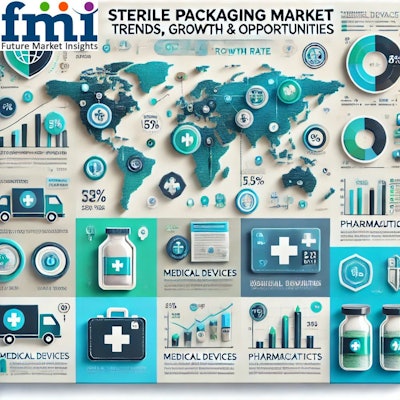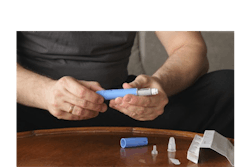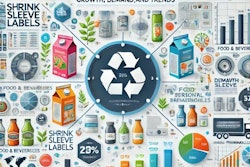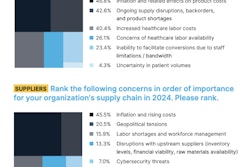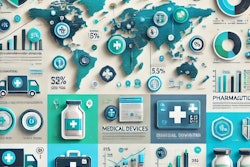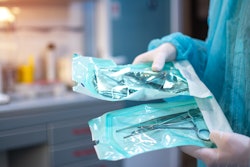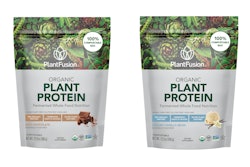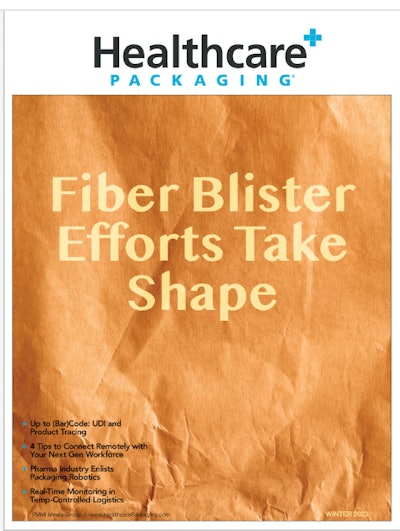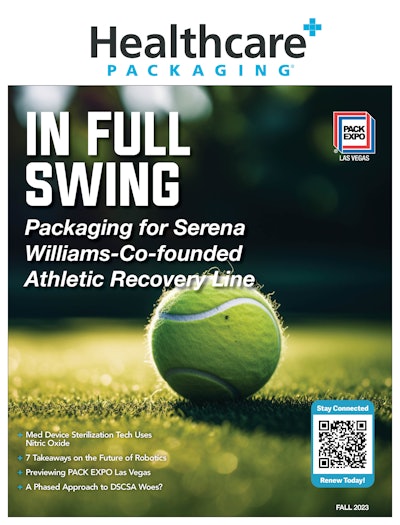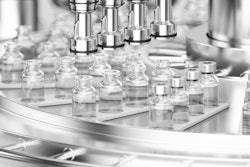Key Takeaways:
- The sterile packaging market is poised for growth, with its valuation expected to rise from $27,550.6 million in 2024 to $48,415.9 million by 2034.
- The pharmaceuticals and biologics sector is anticipated to dominate the market, capturing over 45% of the share during the forecast period.
- Plastic is projected to dominate the material segment, holding a 61.6% market share by 2034.
The sterile packaging market is poised for remarkable growth, with its valuation expected to rise from $27,550.6 million in 2024 to $48,415.9 million by 2034, according to Future Market Insights. This surge represents a steady CAGR of 5.8% over the forecast period from 2024 to 2034. In 2023, the market generated USD 26,040.3 million in revenue, underlining its consistent upward trajectory.
The pharmaceuticals and biologics sector is anticipated to dominate the market, capturing over 45% of the share during the forecast period. This growth can be attributed to the sector’s stringent requirements for contamination-free conditions to preserve the efficacy, safety, and shelf life of drugs, vaccines, and biologics throughout manufacturing, storage, and transportation. Sterile packaging solutions play a critical role in meeting these exacting standards.
Plastic emerges as the material of choice, accounting for more than 61% of the market share during the assessment period. Its versatility, lightweight nature, durability, and ability to form airtight and contamination-resistant barriers make it ideal for sterile packaging solutions. Cost-effective options like polypropylene and polyethene stand out for their sterilization compatibility and wide-ranging applications in the medical and pharmaceutical industries.
As medical advancements continue, need for safe and contamination-free packaging becomes crucial to preserve the efficacy of life-saving drugs, medical devices, and equipment. Demand for sterile packaging solutions is likely to surge as healthcare systems worldwide prioritize patient safety and infection control.
Sterile packaging offers an added layer of protection during transit, reducing the risk of contamination and ensuring that products arrive in pristine condition. This trend is especially relevant in sectors, including cosmetics & personal care, where consumers expect sterile and tamper-proof packaging for their health and well-being.
Sterile packaging helps shield these delicate components from potential harm during manufacturing, storage, and transportation. It is further expected to minimize the risk of defects and ensure the highest quality products reach the market.
Which Factors Might Limit Sterile Packaging Sales through 2033?
• Growing consumer preference for eco-friendly and biodegradable packaging might limit sales.
• Stringent regulations on single-use plastics and packaging waste can hamper demand.
• Increased adoption of reusable or sustainable packaging options worldwide might hinder growth.
• Shifts in consumer preferences toward fresh and locally sourced products can be a key growth retraining factor.
• Cost considerations and affordability issues for sterile packaging might impede demand.
• Technological innovations that improve the shelf life of non-sterile packaged products can decline sales.
Key Industry Highlights
Increase in Chronic and Infectious Diseases Drives Sterile Packaging Demand
There has been a huge increase in chronic and infectious diseases. Such a disease therefore makes demand for sterile packaging very high. Treatment of patients suffering from chronic illness and infection is done within intervals requiring sterile pharmaceuticals, medical devices, and surgical instruments packaging to avoid any chances or incidents of infection and guarantee patient safety.
According to the CDC, 90% of the USD 3.8 trillion spent annually by the health system in the United States goes on chronic diseases and mental health conditions. Moreover, infectious diseases increase the need for non-contaminated packaging of medical products with regard to their transportation and storage.
All these trends are pushing manufacturers to put forth even more sophisticated sterile packaging for an increase in demand from the global healthcare market with the strictest safety standards.
Regulatory Compliance and Safety Standards Fuel Sterile Packaging Growth
Changes in consumer demand have pushed the industry to sterile packaging solutions in response to increased requirements than before for ensuring the safety and sterility of health products. An increase in consumer awareness has emerged out of the increased need for safety and sterility in healthcare products significantly demanded by healthcare developers.
Regulatory agencies across the globe such as the FDA, EMA, and a few others have reinforced stringent guidelines concerning medical devices, pharmaceuticals, and biologics. These directives aim primarily at protecting human health and life at all levels. Some of these regulations advocate for certain types of packaging to keep items sterile from the production source until the end-user delivery.
With the advancement of healthcare technology and new treatments, these regulatory frameworks grow in complexity, necessitating packaging innovations and materials that are high on safety and quality. With greater emphasis on patient safety, companies must invest in compliant packaging to avoid legal implications and loss of market trust. The stringent regulatory requirements thus drive the growth of the global sterile packaging market.
